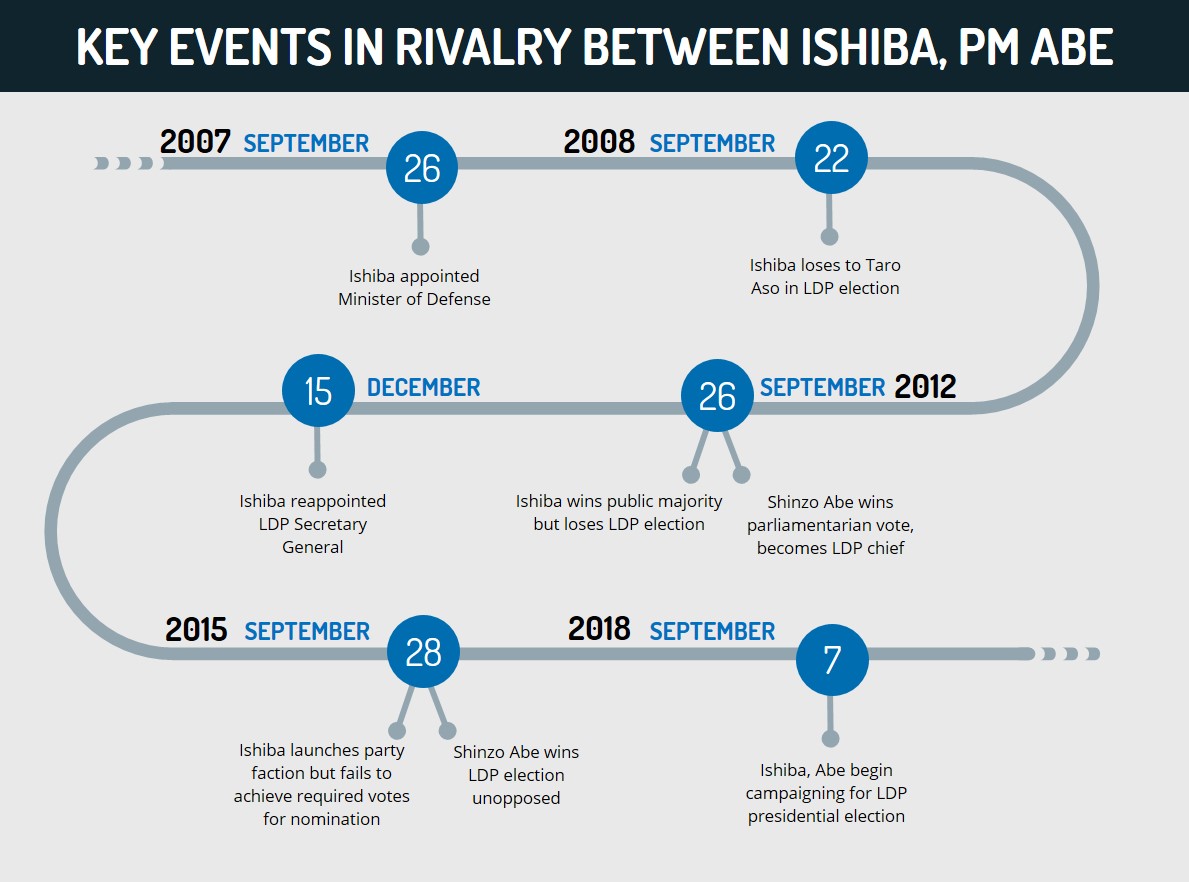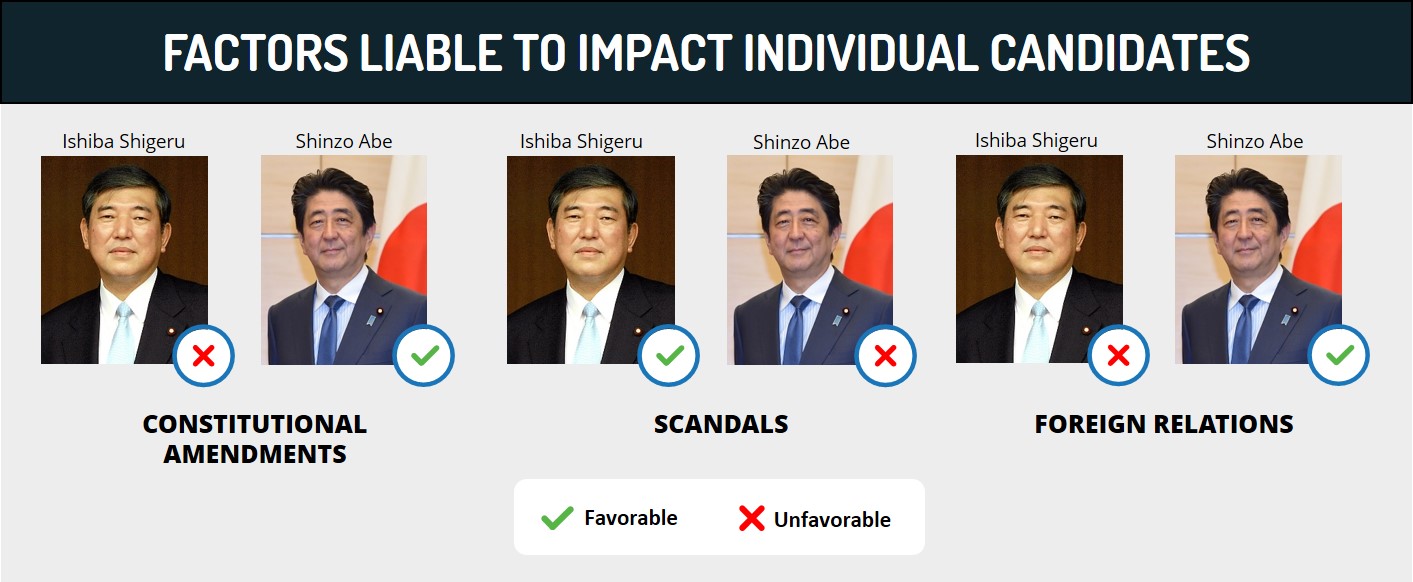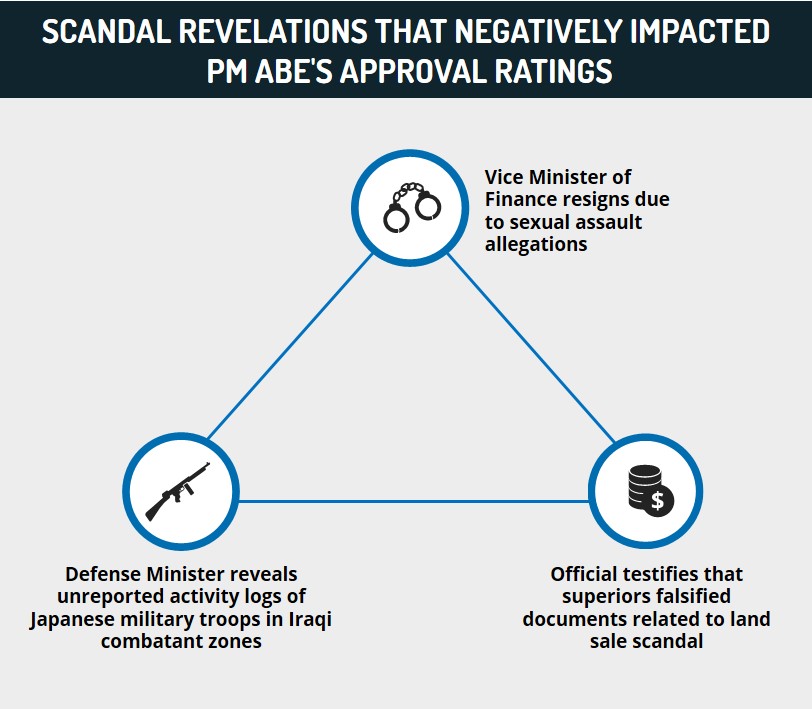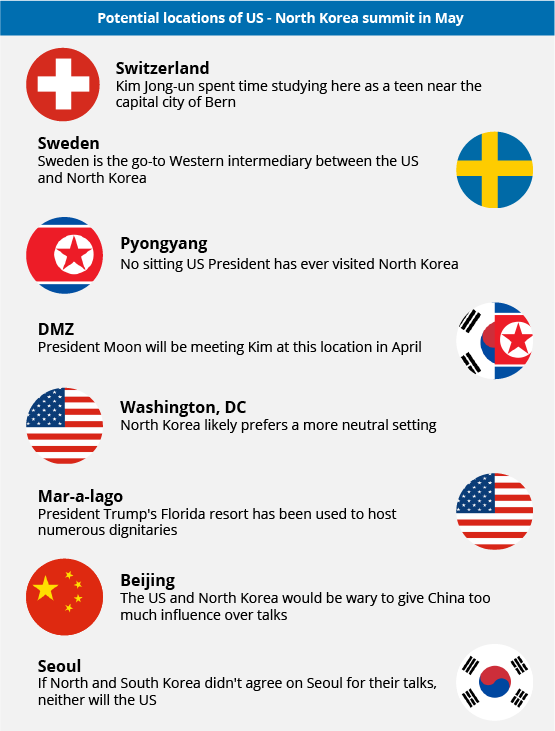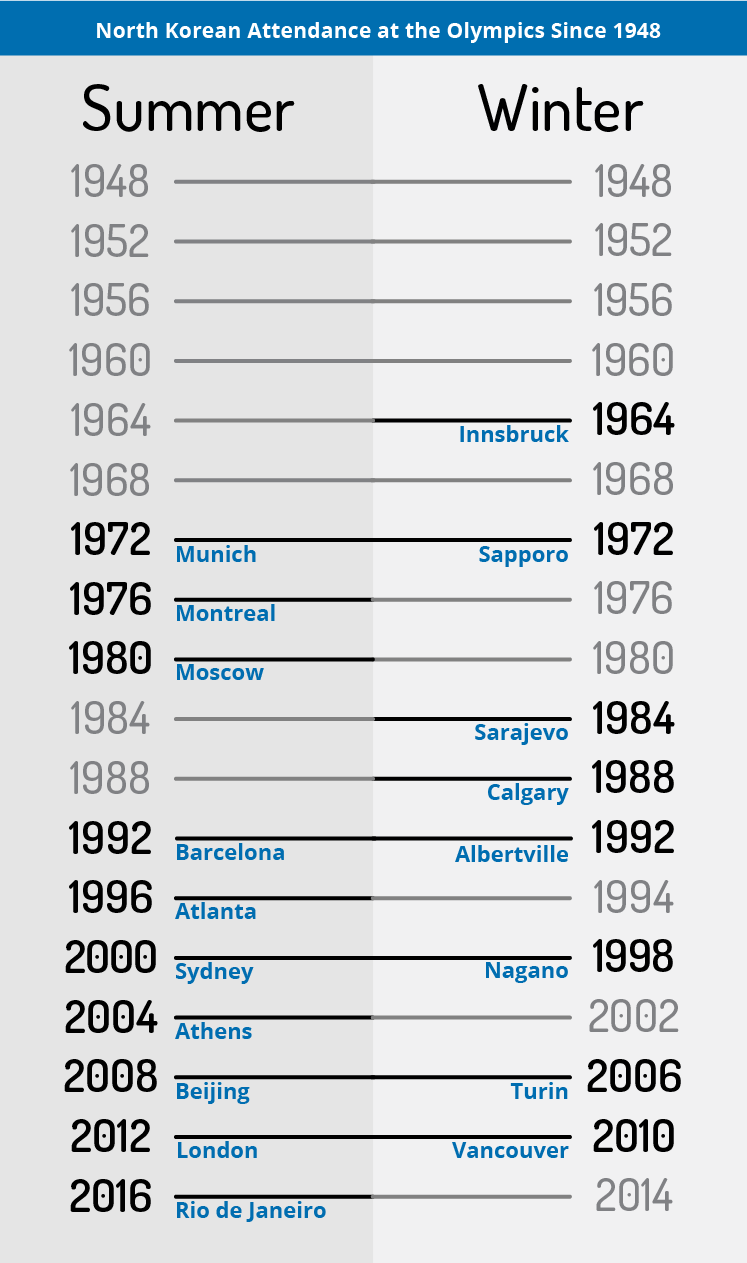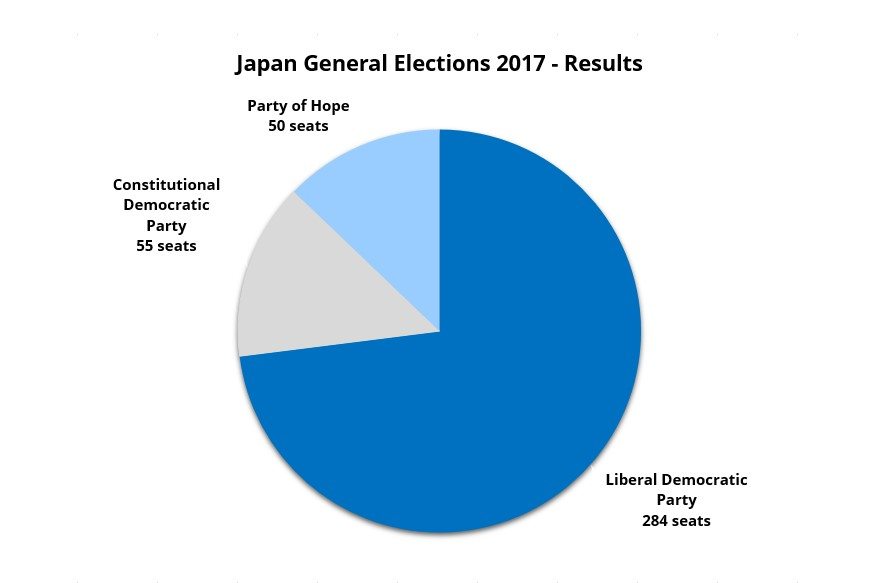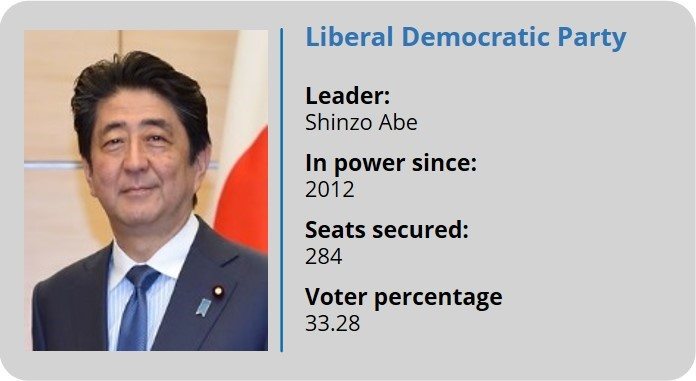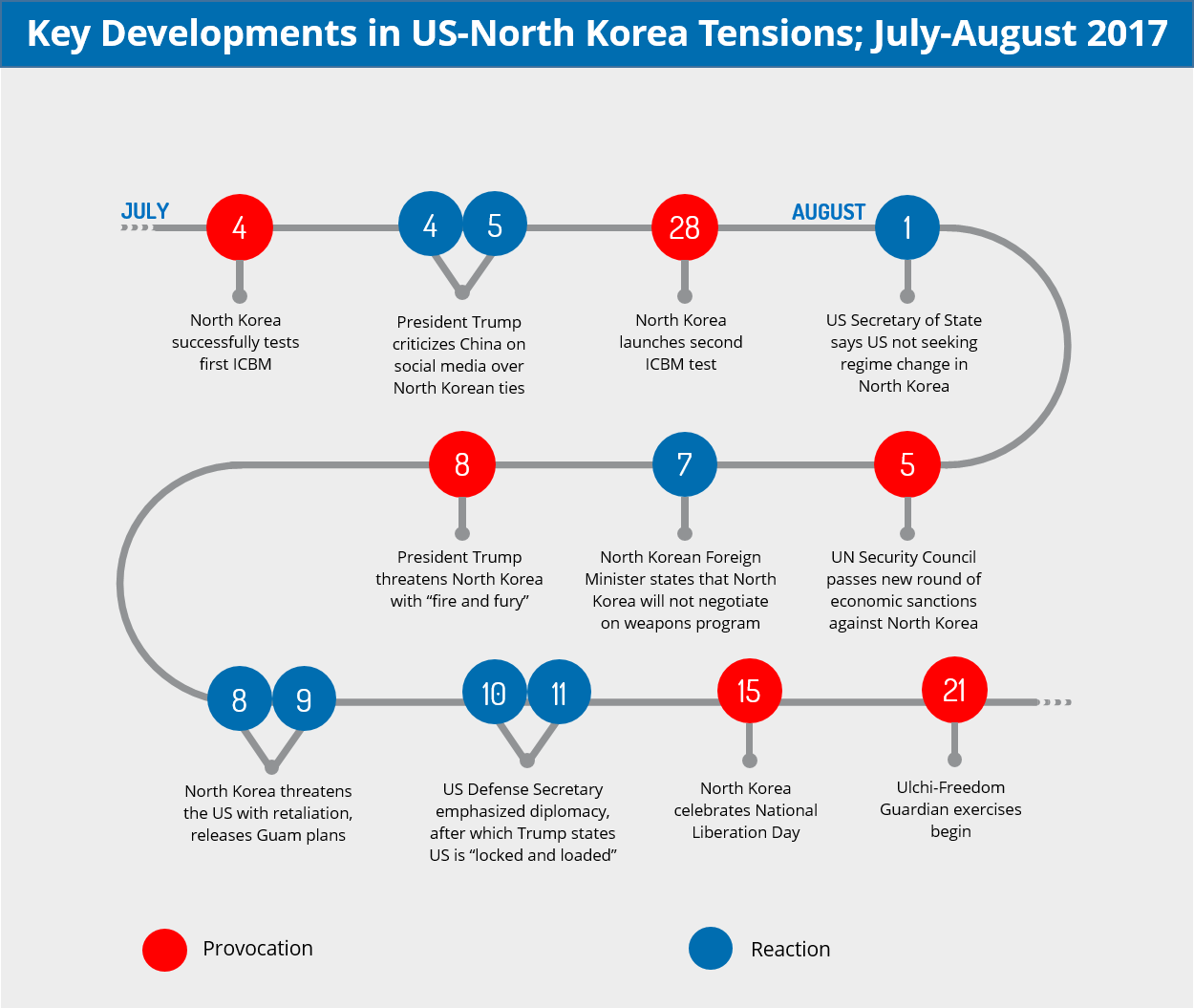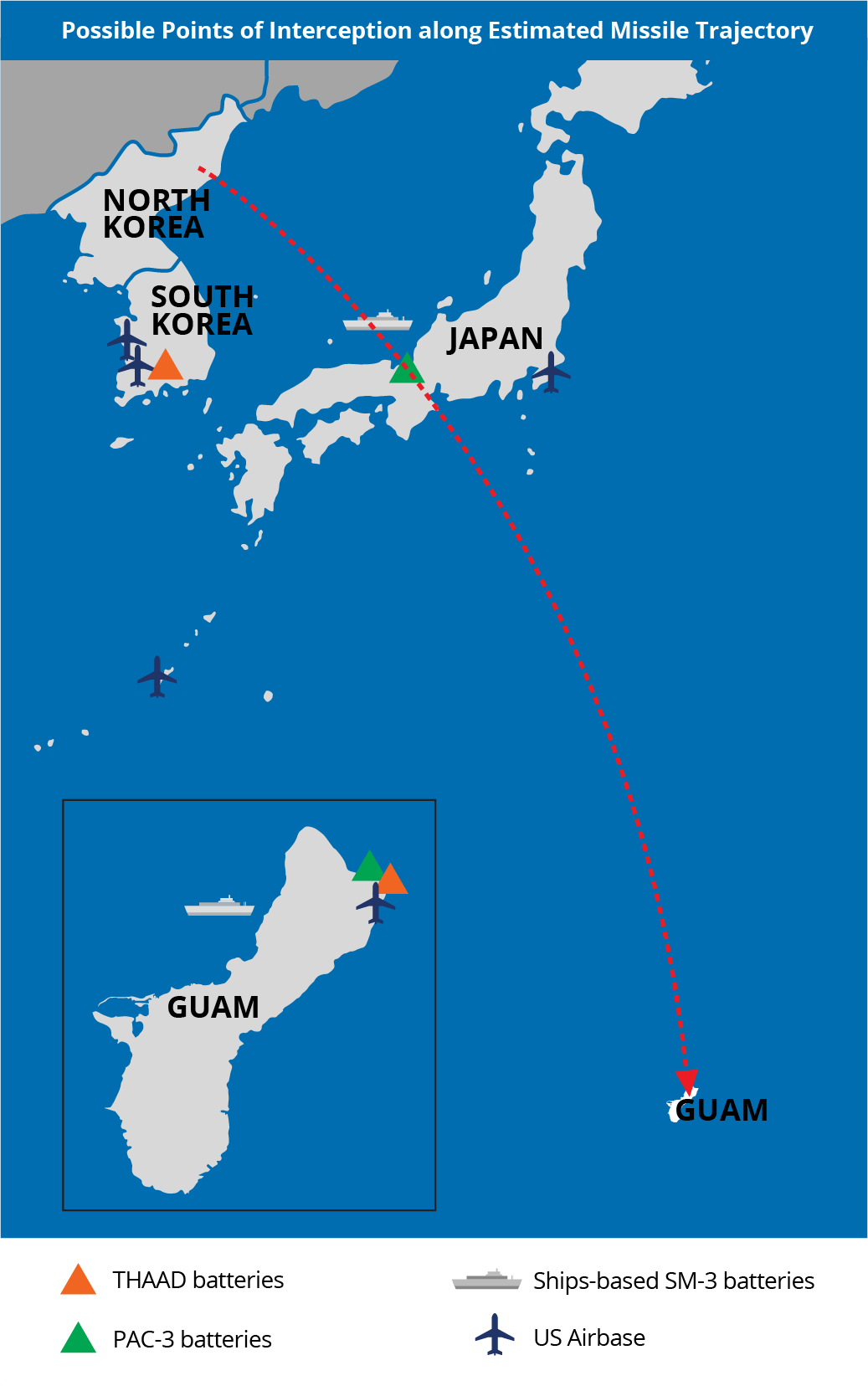Executive Summary
Presidential elections within the ruling-Liberal Democratic Party (LDP) will take place on September 20, with incumbent Prime Minister Shinzo Abe and former Defense Minister Shigeru Ishiba competing for the leadership spot.
Proposed constitutional amendments are expected to be a major sticking point in the election, and might ultimately boost PM Abe’s favorability.
A series of domestic scandals have impacted PM Abe’s approval ratings, but are they unlikely to single-handedly block his electoral prospects.
PM Abe’s proactive foreign diplomacy agenda thus far is likely to bolster his campaign due to perceptions of stability associated with his engagement on the North Korea issue.
Travel to Japan can continue as normal while adhering to basic security precautions regarding protests.
Current Situation
On August 10, former Defense Minister, Shigeru Ishiba, formally announced his candidacy for the Liberal Democratic Party (LDP) internal presidential elections, which are slated for September 20. On August 26, incumbent Prime Minister Shinzo Abe announced his own candidacy, which, if elected, would place him in contention to become Japan’s longest-serving post-war leader and extend his term to 2021. According to reports from September 7, PM Abe already holds support from five of the party’s seven factions, representing approximately 257 parliamentary votes, whereas Ishiba’s support was recorded at only 20. A third candidate withdrew from the race on August 31 due to insufficient support.
Reports from August 15 indicate that PM Abe intends on introducing LDP-drafted legislation for revising the constitution’s war-renouncing Article 9 during the next parliamentary session in the coming months. Ishiba advised caution on August 17 in regards to the proposed amendments, claiming that PM Abe’s LDP-drafted legislation has yet to be approved by the entire party. Meanwhile, multiple scandals in 2017 have affected PM Abe’s approval ratings in recent months. This included the reappearance of a scandal from the previous year involving the leader’s wife and a land deal, unreported activity logs regarding Japanese troops in Iraq, and allegations of sexual assault against a Finance Ministry bureaucrat close to him. As a result, PM Abe’s public approval ratings have fluctuated since March, reaching as low as 27 percent.
At the present time, Japan continues to play a vital role in multiple foreign-policy initiatives, including a multinational Trans-Pacific Partnership (TPP) and a Pacific security strategy embraced by Washington. Regionally, Japan has a stake in the ongoing negotiations with North Korea. Reports from August 29 indicate that Japanese and North Korean officials held a secret meeting in July, while speculation has emerged over a potential meeting between leaders of the two countries in the near term, although this has yet to be confirmed. Globally, PM Abe maintains a close relationship with US President Donald Trump, having met at least eight times since Trump took office. This comes amid ongoing trade measures by Washington, which includes auto tariffs that may impact Japan.
Assessments
Proposed constitutional amendments will inform elections as a major talking point
Amendments to the country’s constitution have been a longstanding debate due to Japan’s history as a perceived antagonistic power and fears that replacing the decades-old pacifist character may lead to a revival of the country’s past militarism. Given these fears, large sections of LDP appear to favor a more moderate and gradual approach in order to avoid completely alienating grassroots support for the ruling party. In this context, the LDP is unlikely to support Ishiba on the basis of constitutional amendments given his relatively more radical views. For instance, Ishiba has campaigned for the removal of Paragraph 2 in Article 9, which has denied Japan’s “right to belligerency”. Instead, PM Abe is likely the favorable choice given his relatively more moderate approach. Additionally, electing him to the position would provide leadership stability and may improve the party’s chances of effecting constitutional change.
In terms of a timeline for introducing the constitutional changes, PM Abe appears more proactive than his rival. Ishiba has stated that he preferred the revisions remain on the back burner and called for legislative caution on August 18. His reticence likely stems from fears that overtly disagreeing with the party-backed policy will impact his success. However, this is likely to be viewed as uncertainty in Ishiba’s platform, impacting his chances of defeating PM Abe in the elections. Meanwhile, Abe has announced his intentions to introduce the LDP-drafted bills in the near term. This highlights his attempts to retain party backing among the various factions by using LDP-backed legislation.
Domestic scandals impact PM Abe’s approval ratings, but unlikely to entirely diminish prospects
A number of recent scandals may have eroded PM Abe’s public favorability gains and appeared to have boosted Ishiba’s confidence to challenge the incumbent leader, despite having failed in three consecutive LDP leadership elections since 2008. In 2012, Ishiba achieved a majority from rank-and-file party members, which he likely believed may happen again in the upcoming race given the prime minister’s significantly deteriorated approval ratings. This possibility emerged as a result of a surge in public opposition against PM Abe in March, due to concerns over abuses of power and government cover-ups in recent scandals. This also has seemingly informed Ishiba’s election platform, which is based on reforms for an “honest and fair” government.
Despite this, PM Abe is liable to recover from the scandal allegations, as was similarly witnessed in the 2017 snap elections, which resulted in the LDP’s super-majority. At this time, PM Abe has already started exhibiting a similar upswing in more recent public approval ratings, which was recorded at approximately 44 percent as of August 26, in comparison to the 26.7 percent in April. PM Abe’s party approval from five of the seven factions further highlights the broad nature of his intra-party appeal. While scandal allegations may affect the margins of support he may eventually draw, the current numbers indicate that the scandals themselves are unlikely to single-handedly block PM Abe’s candidacy.
PM Abe’s foreign policy agenda likely increases electability due to perceptions of stability
Japan’s role in various foreign initiatives thus far can be attributed in part to PM Abe’s foreign policy agenda. The Trans-Pacific Partnership (TPP) remains a relevant trade agreement among 11 international partners, despite the US’ withdrawal in 2017, due to Japan’s initiative in leading negotiations thereafter. The agreement’s success may contribute to positive perceptions surrounding PM Abe’s abilities to ensure Japan’s interests are addressed in multilateral forums in the region.
Despite the US’ move regarding the TPP, PM Abe maintains a relatively positive relationship with US President Donald Trump, as demonstrated by numerous meetings between the two leaders in recent months. A continuation of this relationship will likely be a major priority for voting members. In the context of Washington’s recent trade tariffs, PM Abe’s relations with President Trump may be seen as an asset, given its potential use in minimizing the effects of automobile industry-specific tariffs on Tokyo.
Furthermore, these relations are vital in the context of regional threats, given that the US is in negotiations with Japan’s primary external security concern, North Korea. PM Abe’s hardline stance on North Korea and push for the greater visibility of Tokyo’s position in future regional dialogue will further aid his campaign. These include concerns over the alleged North Korean abductions of Japanese citizens and the security threat from future missile tests or failure to denuclearize at an adequate pace. The government has demonstrated its support for the prime minister’s stance by approving a military budget increase, although this is pending parliamentary approval. Given Tokyo’s eagerness to ensure its position is well represented in future regional dialogue on North Korea, the LDP may be motivated to retain its current leader. Further, Abe is slated to visit China in October, the first time a sitting Japanese leader has done so since 2011. Perceptions of stability associated with PM Abe amid these ongoing foreign policy initiatives will help shore up support for his presidency of the LDP.
Recommendations
Travel security – travel to Japan can continue as normal while adhering to basic security precautions regarding protests.
In Tokyo, allow for additional travel time near the Prime Minister’s Office and National Diet, due to the frequency of protests at these locations.
